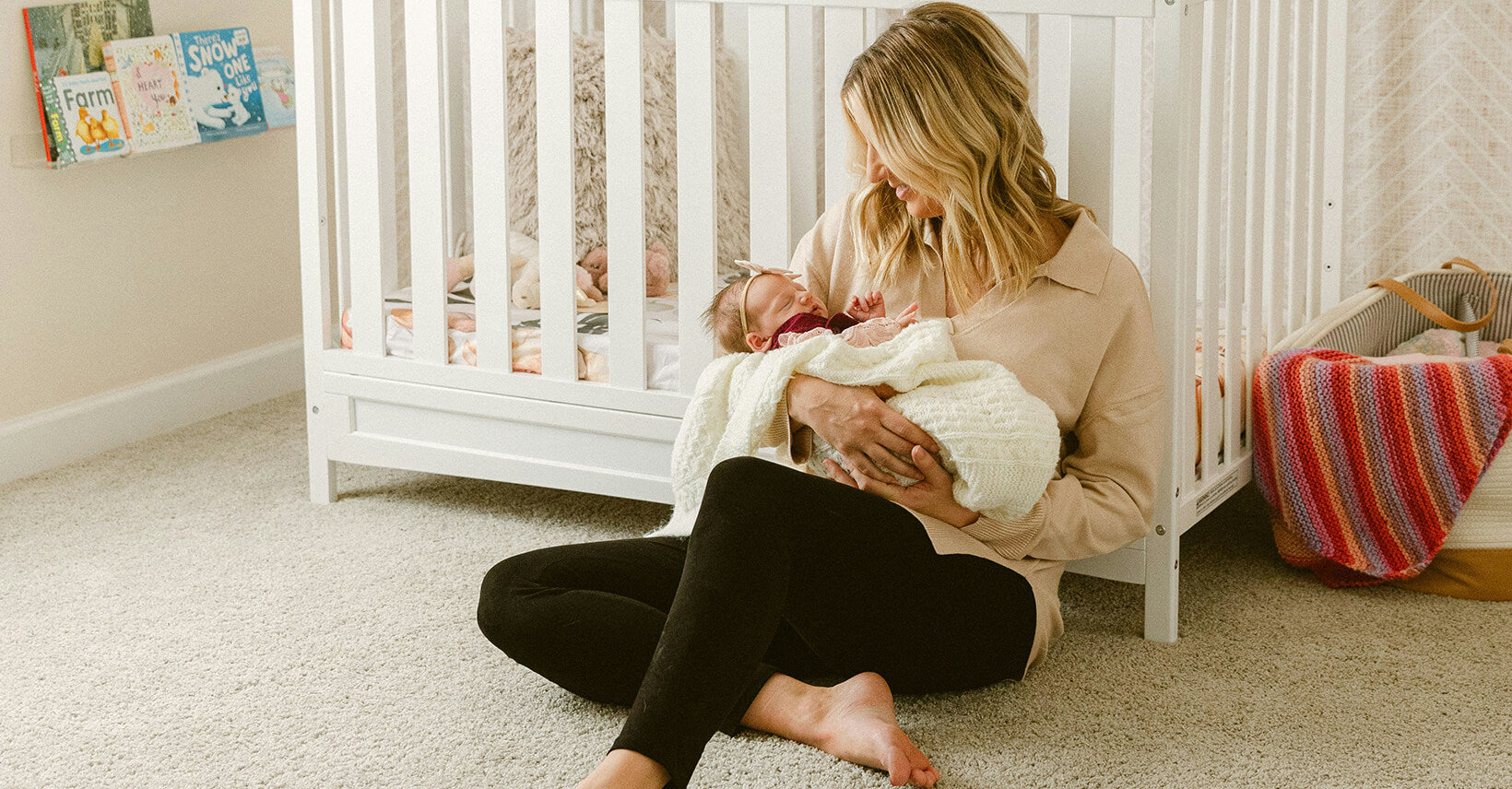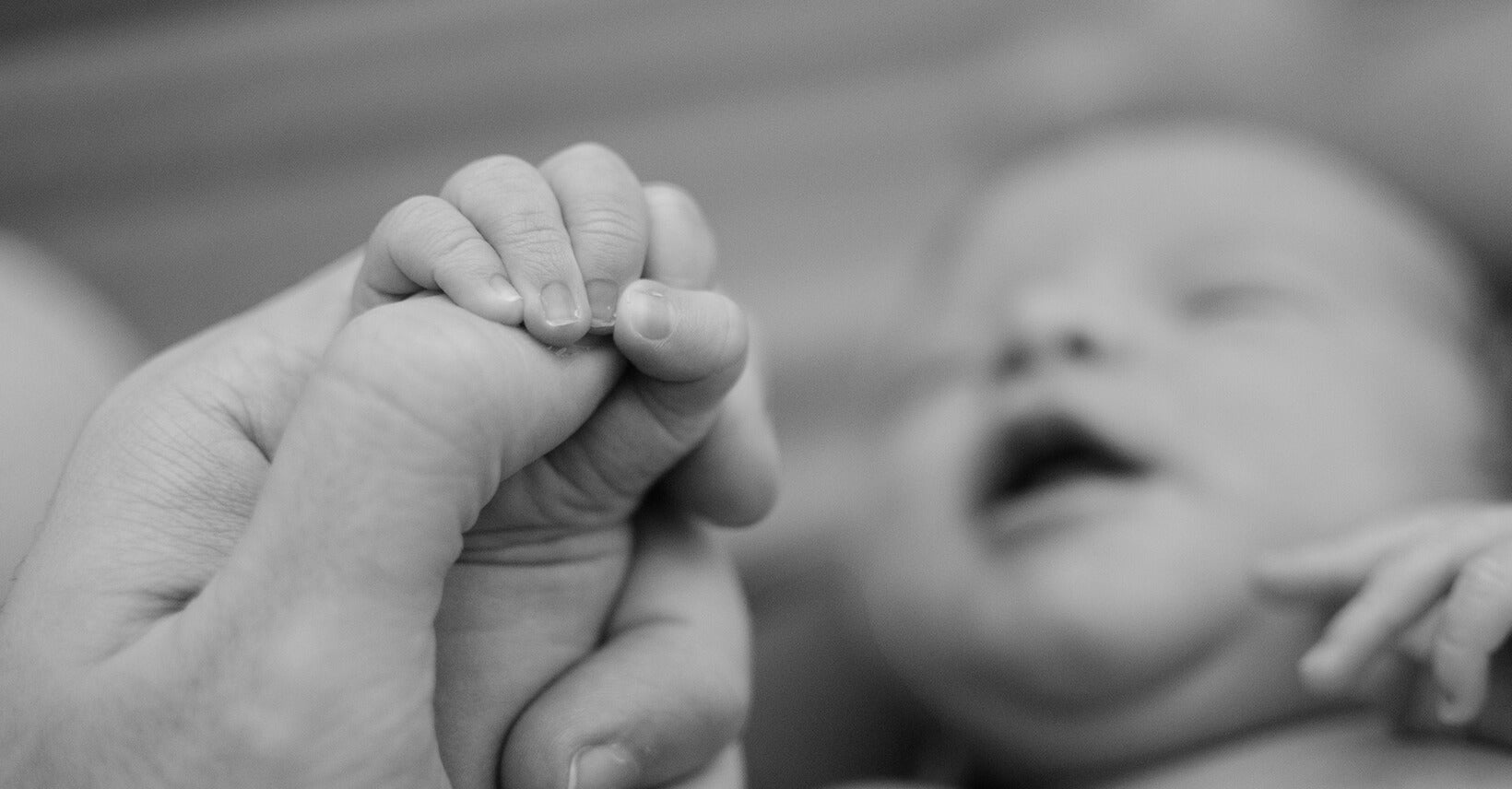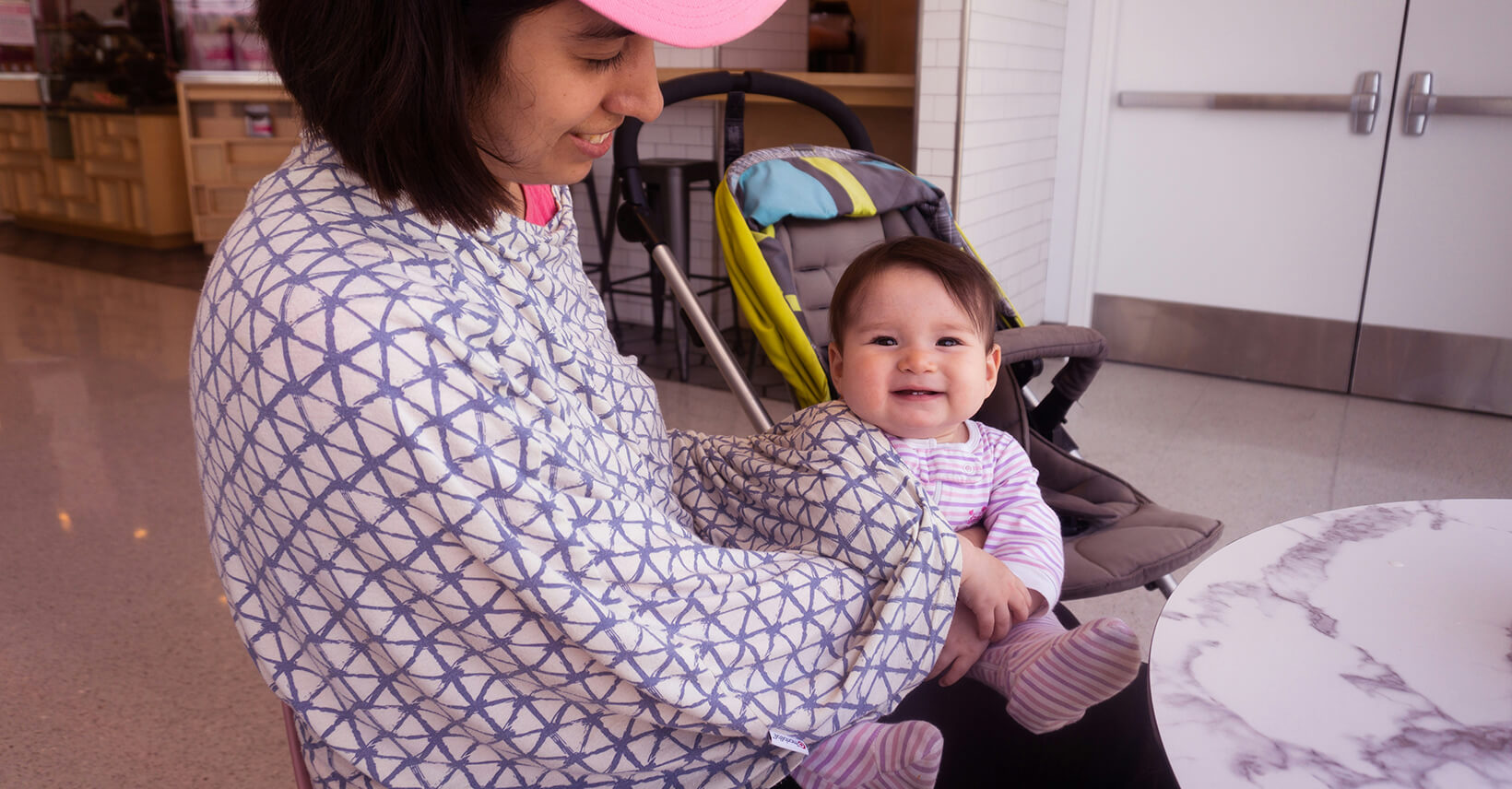
What To Do If Your Baby Only Sleeps When Held?
Parents of newborns have difficulty getting their babies to sleep. Parents have to constantly soothe, pat, and rock their babies. But what if your baby seems to be comforted only in your arms? Or what to do if your baby only sleeps when held? It's a dilemma that many parents face, which makes them feel exhausted and have no idea what to do. If you are struggling with this situation too, don't worry too much - many parents are going through the same situation as you, and today's blog has some strategies to help your baby learn to fall asleep independently.
- Why do some babies only sleep when being held?
- Is it safe for the baby to sleep in your arms?
- How to let my baby sleep without being held?
- Conclusion
Why do some babies only sleep when being held?
Before sleep training your baby, you should know the reasons why babies only sleep when being held. Here are some common reasons:
Security and comfort:
Babies are born with a need to feel safe and comfortable, and holding them in arms gives them a sense of security similar to the womb environment. When a baby is being held, he can feel the warmth of their parents’ bodies, hear their heartbeats, and experience gentle movements. These feelings are just like the baby being rocked in the womb.
Regulating body temperature:
Newborns’ ability to regulate their body temperature is not yet fully developed, holding their bodies helps them stay warm. This physical contact will make newborns feel especially comfortable during sleep because it mimics the comfortable environment they experienced in the womb.
The feeling of calm:
Being held has a calming effect on the infant, and promotes relaxation and bonding, making it easier for infants to fall asleep when held.
Reflux and digestion:
Some babies experience discomfort from reflux or other digestive problems, which may make it uncomfortable for them to lie flat on their backs. Holding your baby in an upright position can make it easier for them to fall asleep without discomfort.
Need stimulation:
Some babies may need some stimulation to feel comfortable falling asleep. Holding them can provide them with simulation including movement, touch, and sound, which can help soothe them to sleep.
Understanding these reasons can help parents develop strategies to help babies transition to independent sleep while still feeling safe and secure.

Is it safe for the baby to sleep in your arms?
When considering whether it is safe for your baby to sleep in your arms, it is important to learn the potential risks against the benefits. Although snuggling your baby to sleep can be comfortable for both you and your baby, there are some important safety considerations to keep in mind.
Don’t sleep in the same bed with the baby in your arms:
First, the American Academy of Pediatrics (AAP) recommends against parents co-sleeping with their babies because it increases the risk of accidental suffocation, strangulation, or sudden infant death syndrome (SIDS). If parents are exhausted or under the influence of alcohol, drugs, or medication, they may not have enough ability to meet the baby's needs, or even cause injury to their babies by accident during sleep.
Don’t sleep on a sofa with the baby in your arms:
There is also a high risk of sleeping in a recliner or sofa with a baby in your arms, as the baby can easily get stuck between the cushions, leading to suffocation. It is important to place your baby in a safe sleeping environment, such as a crib or bassinet, with a firm mattress and no loose bedding, pillows, or soft toys.
While the occasional nap in your arms may not cause a risk, it is important to consider safe sleep to reduce the risk of accidents or injury to your baby. If you find that your baby has been relying on being held to fall asleep, you can gradually use some gentle sleep training techniques to help them learn to self-soothe and fall asleep independently in a safe sleep environment.
How to let my baby sleep without being held?
It’s time to learn how to train the baby to sleep independently, here are some strategies to help your baby learn to sleep without being held:
Gradual transition:
First, gradually reduce the amount of time you hold your baby to sleep. Gradually reduce the amount of time you hold your baby each night so that your baby will get used to sleeping without being held gradually.
Establish a bedtime routine:
Courage your baby to have a consistent bedtime routine can help your baby know that it's time to go to bed. A bedtime routine usually includes the below activities such as
- Take a warm bath.
- Do gentle massage.
- Reading a bedtime story.
- Singing a lullaby.
Create a comfortable sleep environment:
Make sure your baby's sleep environment is helpful for restful sleep. You can create a comfortable sleep environment includes:
- Use a firm, flat mattress.
- Remove any loose bedding or soft toys from the crib.
- Maintain a comfortable room temperature.
Use swaddles or sleep sacks:
Swaddling and sleep sacks can help babies fall asleep without being held. Sleep sacks can provide them with a sense of security and comfort similar to being held in the arms of parents. Swaddling sleep sacks will swaddle an infant and prevent them from waking up during their sleep cycle.
Swaddling mimics the feeling of an infant in the womb, which promotes calmness and relaxation, making it easier for infants to settle down and fall asleep on their own. In addition, sleep sacks can keep babies warm and cozy all night long. Even without parents to hold babies, the warmth from sleep sacks also allows babies to sleep longer and more soundly.

Encourage self-soothing:
Help your baby learn to self-soothe by providing them with comfort items such as a pacifier. These items can provide soothing and help babies feel secure when they learn to fall asleep independently.
Giving comfort without holding:
If your baby is having trouble falling asleep without being held, try comforting them without holding them. You can pat their back, gently rock their crib, or use white noise to soothe them while gradually reducing the time of holding them.
Conclusion
In short, parents may feel exhausted and overwhelmed when faced with the challenge of having a baby who only sleeps when held. However, with patience and some sleep strategies, it is possible to help your baby learn to fall asleep independently.
By understanding why babies like to be held, creating a comfortable sleep environment, establishing a soothing bedtime routine, and gradually transitioning to self-soothing, parents can help their babies develop healthy sleep habits while still feeling safe and secure. With care and patience, you can help both your baby and yourself get restful sleep.

Yujia Shi
An expert in sleep sack design, is a valued contributor to Kaiya Baby's blog. With a strong background in baby sleep bags and maternal care, she is highly regarded for her professionalism. Yujia Shi prioritizes baby comfort and safety in her designs, using high-quality materials. Her insightful articles on sleep bags have been featured in reputable publications and have gained a significant readership. Trust Yujia Shi to help you create a comfortable and safe sleep environment for your baby, backed by her proven track record in the industry.



Leave a comment
This site is protected by reCAPTCHA and the Google Privacy Policy and Terms of Service apply.